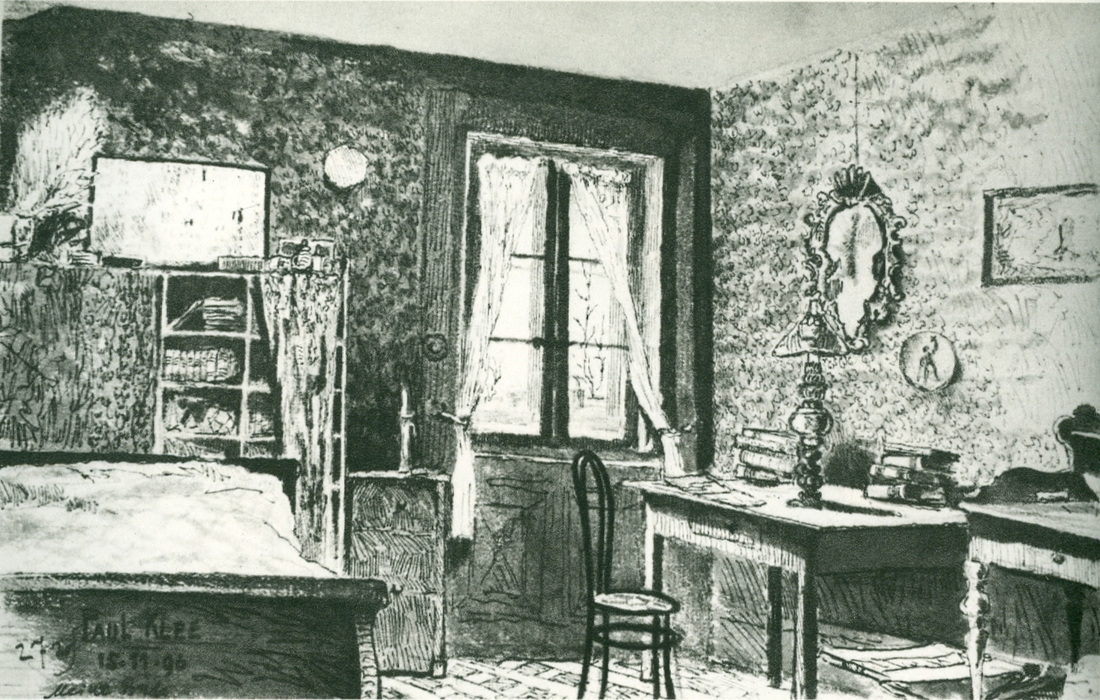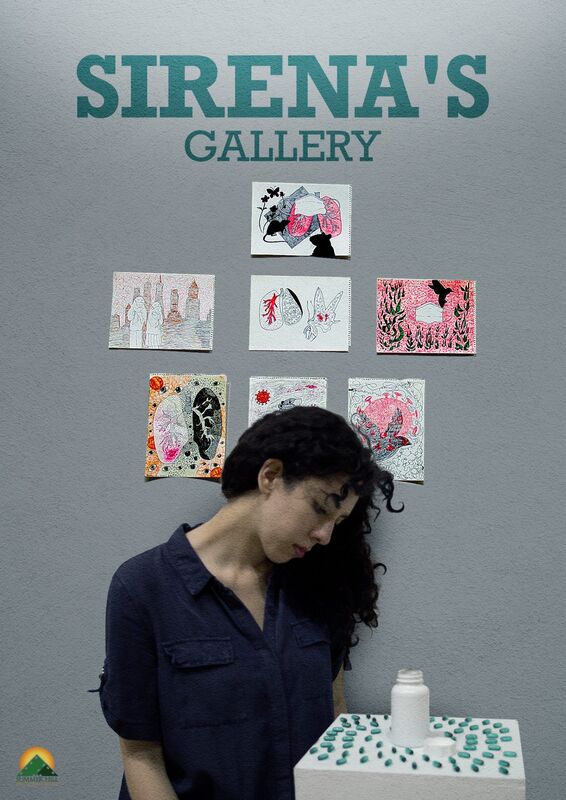|
The Breadcrumbs widget will appear here on the published site.
The Phenomenon of the Japanese RecluseAt the age of fifteen, an Japanese adolescent identified only as Takeshi withdrew into his bedroom and failed to emerge for more than four years. Not only did he refuse to attend school or get a job, Takeshi spent 23 hours a day in his tiny bedroom eating food prepared by his mother, watching television, and listening to Radiohead and Nirvana. As he would later admit in a New York Times interview, his music choices were shaped by his somber mood. "Anything that was dark and sounded desperate," he said through an interpreter. Finally leaving his bedroom and rejoining the world, Takeshi credited the music he listened to for the decision to leave his parents' house and enrolling in a job-training program. "Don't laugh, but musicians really helped me, especially Radiohead," he said. "That's what encouraged me to leave my room." In Japan, it is known as hikikomori which means "pulling inward" or "being confined." Long a part of Japanese culture (with an odd scattering of cases in South Korea and Taiwan), adolescents and young adults such as Takeshi would completely withdraw from the world with no external contact but their parents. At least 40% of all hikikimori are under 21. While the actual incidence is still hard to estimate since not all cases come to the attention of government agencies, there seems little doubt that the number has soared in the past two decades. According to one report from Japan's Minister of Internal Affairs, there could be as many as 3,600,000 hikikomori in Japan, though this number is controversial given the lack of a clear definition. Though often regarded as a culture-specific disorder, cases of extreme social withdrawal are found in all societies. The number of hikikomori cases reported may include older adults who have voluntarily withdrawn from the world or who suffer from a broader mental disorder that can mimic the symptoms. The term hikikimori is believed to have been coined by Japanese psychiatrist Tamaki Saito. He described it as, "A state that has become a problem by the late twenties, that involves cooping oneself up in one’s own home and not participating in society for six months or longer, but that does not seem to have another psychological problem as its principal source." More recently, researchers have proposed the following criteria for diagnosis:
Though largely associated with Japan and other Far Eastern countries, cases resembling hikikomori have been seen in Western countries as well. Communications pioneer Oliver Heaviside withdrew into his bedroom at the age of 24 and lived largely isolated for many years with virtually no outside contact except for his parents. When such cases are referred to mental health professionals, there are usually regarded as being due to broader psychiatric conditions. Whether or not hikikomori can be regarded as a cultural-specific condition, it seems to have become a part of Japan's popular culture along with otaku, which is the Japanese equivalent of "geek" or "nerd." Both terms have been heavily associated with Japanese manga culture and are often linked together in the media to describe young people so obsessed with manga that they shut out the world completely. Other derogatory terms that are often linked to the hikikomori phenomenon are freeter or furita (equivalent to "slackers" in Western countries) and parasaito shinguru or parasite singles who live off their parents to avoid facing adult responsibilities. Whatever the term used, the stigma surrounding hikikomori is severe enough to reinforce the social anxiety driving young people to shut out the world and parents from seeking help for their children (and parents themselves are often blamed for "enabling" their children's behaviour). So what pushes young people to become hikikomori? There have been numerous theories put forward, ranging from autism spectrum and pervasive developmental disorders to more sociological explanations suggesting that Japanese society as a whole may be responsible for the surge in new cases. Along with the demands faced by young people to conform to the ideal of Japanese adulthood, young people who fail to fit in find themselves increasingly isolated and may resort to becoming hikikomori as a result. Dealing with bullying in school is also especially hard for young people with social anxiety or who stand out from the crowd, whether due to perceived physical imperfections such as obesity or sexual orientation issues. According to Tamaki Saito, part of the problem may be the traditional Japansese attitude regarding solitude as well as the strong relationship between mothers and their eldest sons which causes them to be more accepting of a child adopting a hikikomori lifestyle. If explanations for hikikomori are hard to find, developing actual solutions are even harder. The stigma attached to hikikomori and their parents complicates the problem of reintegrating them into society after a lengthy absence. The problem of sekentei, or "reputation in the community," can reinforce the hikikomori's reluctance to emerge from isolation. From the perspective of Western mental health professionals, part of the problem dealing with hikikomori is the greater cultural acceptance that makes it easier for young people to withdraw. School counselors and the courts often treat it as a family problem and rarely get involved except in extreme cases involving life-threatening behaviours such as self-starvation or violence. As hikikomori becomes more visible, new therapy approaches are being developed to address the problem. Clinics and half-way houses designed to help hikikomori re-enter society are found in many of Japan's urban centers. Support groups are also available for former hikikomori and their parents but the psychological and social problems they face can be hard to overcome. While some centers also provide job training programs such as "New Start," explaining lengthy gaps in their employment history to prospective employers is not an easy task. In a country struggling with economic recession, the rise in hikikomori has led to greater publicity and greater pressure being placed on parents to stop "coddling" their wayward children. Until recently, a company in Nagoya, Japan could be hired by parents to "correct" hikikomori children by bursting into their bedroom, shaming them for their actions, and dragging them to a dormitory to learn proper adult behaviour. Though mental health professionals warn against sudden confrontations, the frustration that many parents feel at seeing their children so isolated can lead to violent confrontations. According to Kazuhiko Saito, director of the psychiatry department in Chiba's Kohnodai Hospital, a better strategy is to "reorganize" the relationship between hikikomori children and their parents. Training parents in better communication strategies to communicate with their withdrawn children, hikikomori are then encouraged to attend Saito's clinic in person. There, they can receive treatment which includes self-help groups run by former hikikomoro who encourage them to return to society. While group therapy is a relatively new phenomenon in Japan, the self-help groups have become a key component in the hikikomori treatment process. As for the other hikikomori, the ones who spent decades isolating themselves from society, the question of what is going to happen when their aging parents are no longer able to support them has become a vexing one for the Japanese government. Developing practical solutions to deal with people who have basically shut out the world will be desperately needed in the decades to come. CommentsComments are closed.
|
|








